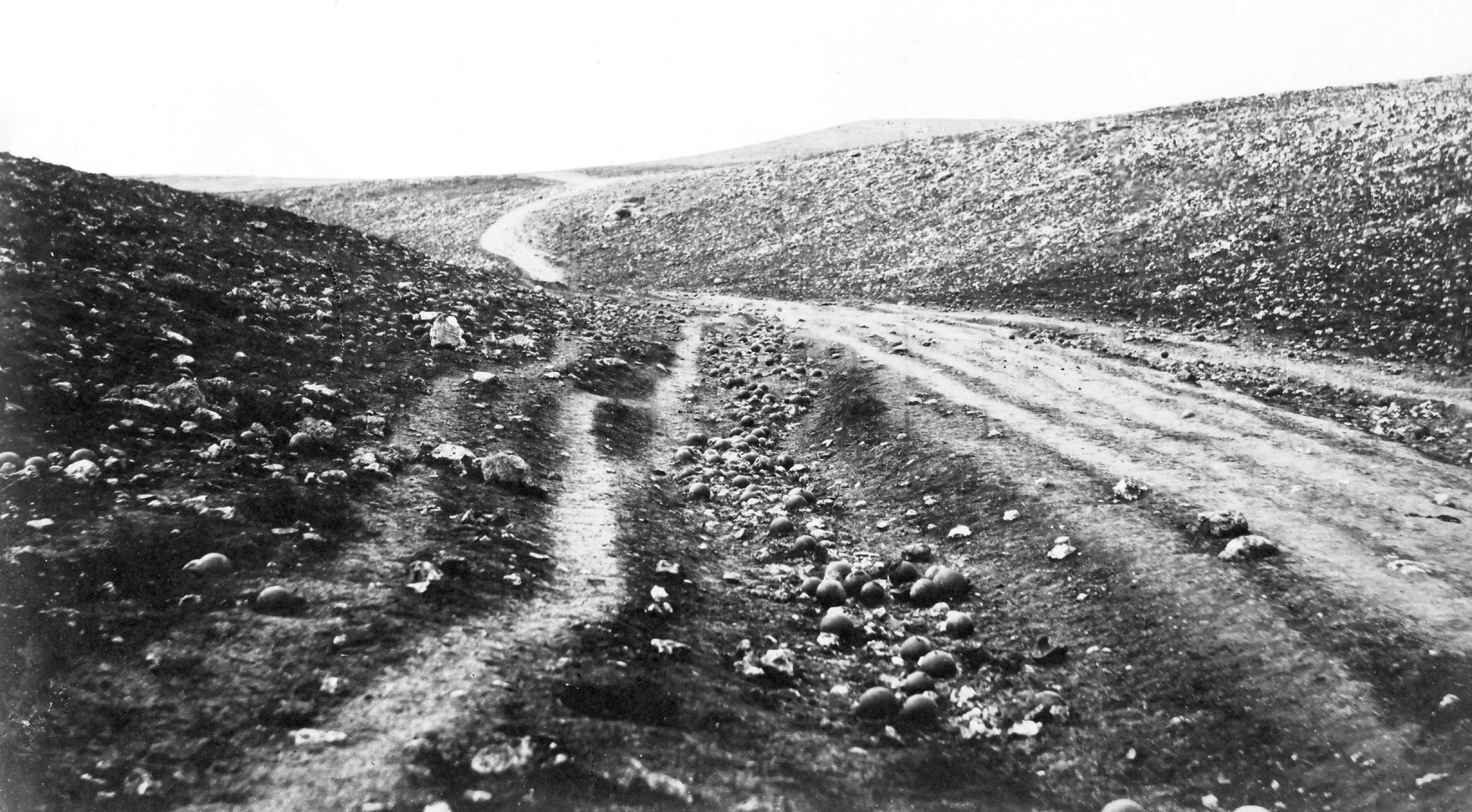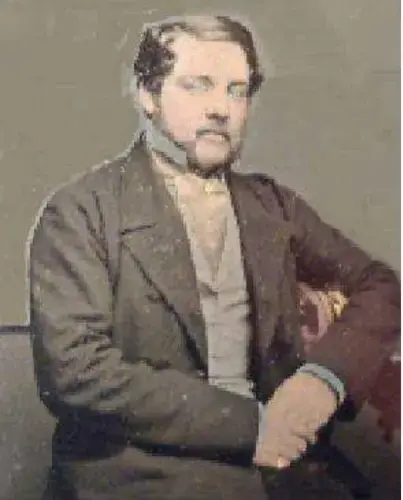
On a hilltop close to the Valley of Death stands an obelisk, weeds sprouting around its base and slabs of marble missing from its sides.
The plaques that carried names of the dead are missing, and there is nothing else to announce that 23,000 British soldiers who perished in the Crimean War of 1853-6 are buried there.
Cathcart’s Hill, a gentle rise between Sevastopol and Balaclava, was the first battlefield cemetery for British soldiers who died in the war. Tsar Alexander II gifted the land, and early lithographs show a verdant slope covered in mismatched Victorian-gothic gravestones.
More recently Cathcart’s Hill has been desecrated, exploited and forgotten. In 1956 the stones were torn up after Nikita Khrushchev, the Soviet leader, transferred Crimea to Ukraine within the Soviet Union two years earlier. Dachas were built over part of the burial ground and the gravestones turned into garden ornaments. In the 1990s, a Ukrainian con man scammed thousands from the descendants of the British officers buried at Cathcart’s Hill to erect a new memorial there — the obelisk that is now falling apart.

“He put it together with spit instead of cement!” said William Curtis, 88, a descendant of two brothers who fought in Crimea. Captain Reginald Curtis, his great-grandfather, was stationed there with the Royal Artillery, survived the war and produced an expansive survey of the British burial sites. Lieutenant Frank John Curtis, his younger brother, was killed by Russian artillery in May 1855, aged 23. “I should have liked to have seen his grave but it was destroyed, so that is it, ” added Mr. Curtis, who has visited the site four times. “There is nothing to see there now.”
Disease and exposure to the cold were the biggest killers in Crimea, the world’s first trench war. Seen as a precursor to the First World War, the conflict was effectively a colonial land-grab between the Russians, the Ottoman Empire and the British.
Stuck in their positions for months on end, the British soldiers wrote detailed descriptions of the horror to their families back home.
“Fever and cholera are making great havoc with the army . . . If there is not something very decisive done with the enemy before long, they will have [but] very few men here to do anything, ” wrote Colour Sergeant George Clarke of the 34th Regiment to his wife Mary Anne from the British camp outside Sevastopol in June 1855 (his letters were passed to The Times by Anne Beal, his great-granddaughter).
One week later, Sergeant Clarke died of cholera, the fifteenth man from his company to succumb to the disease (only one had been killed in action in the meantime).
Meanwhile, the journalist William Howard Russell sent dispatches back from Crimea to this newspaper, which are recognised as the world’s first war correspondence. It was Russell’s detailed account of the Charge of the Light Brigade, the British cavalry’s doomed advance on Russian positions, that inspired Tennyson’s eponymous poem. A shocked public agitated for the dead to be properly buried. The British government has never shown the same enthusiasm, however.

In 2003 a new obelisk was erected at Dergachi, five miles from Cathcart’s Hill following negotiations between the British embassy in Kiev and the Ukrainian government. The gravestone of General Cathcart, whose burial site the hill was named after, was moved there.
But this new memorial is suffering the same fate as the old one, with its stones overgrown and cracks in its path. Crimean sites do not fall under the remit of the Commonwealth War Graves Commission, which is responsible for cemeteries containing World War graves. A care fund set up by campaigners in the UK had to close in 2014 after Russia annexed Crimea from Ukraine, bringing the peninsula under Western sanctions. The site is not included in Crimea’s local heritage list, and it is only volunteers from the village who keep the dedication’s gilt lettering touched up.
Sanctions have halted the flow of British tourists who once came to see the battle sites. Although the Russian government has reintroduced the war of the 1850s into the Crimean school curriculum, its sites are now dominated by memorials to the USSR’s battle to liberate Sevastopol from the Nazis in 1944, which started from this same valley (Soviet soldiers used the same trenches that had been dug by the British a century earlier).
The hilltop from where General Raglan spotted Russian movements and ordered the Light Brigade to charge now hosts a display of Soviet tanks. On May 9 each year—Russia’s Victory Day—reenactments of the 1944 battle are staged across the landscape made famous by Tennyson, now dotted with pylons and petrol stations.
“They say you will find a tonne of metal in every square metre of soil here, ” said Manita Mishina, a Russian guide who once showed foreign sightseers around the area.
“Every year there are excavations of the World War Two burial sites, and bodies of soldiers from the Crimean war are also there. It is impossible to say which are which.”









